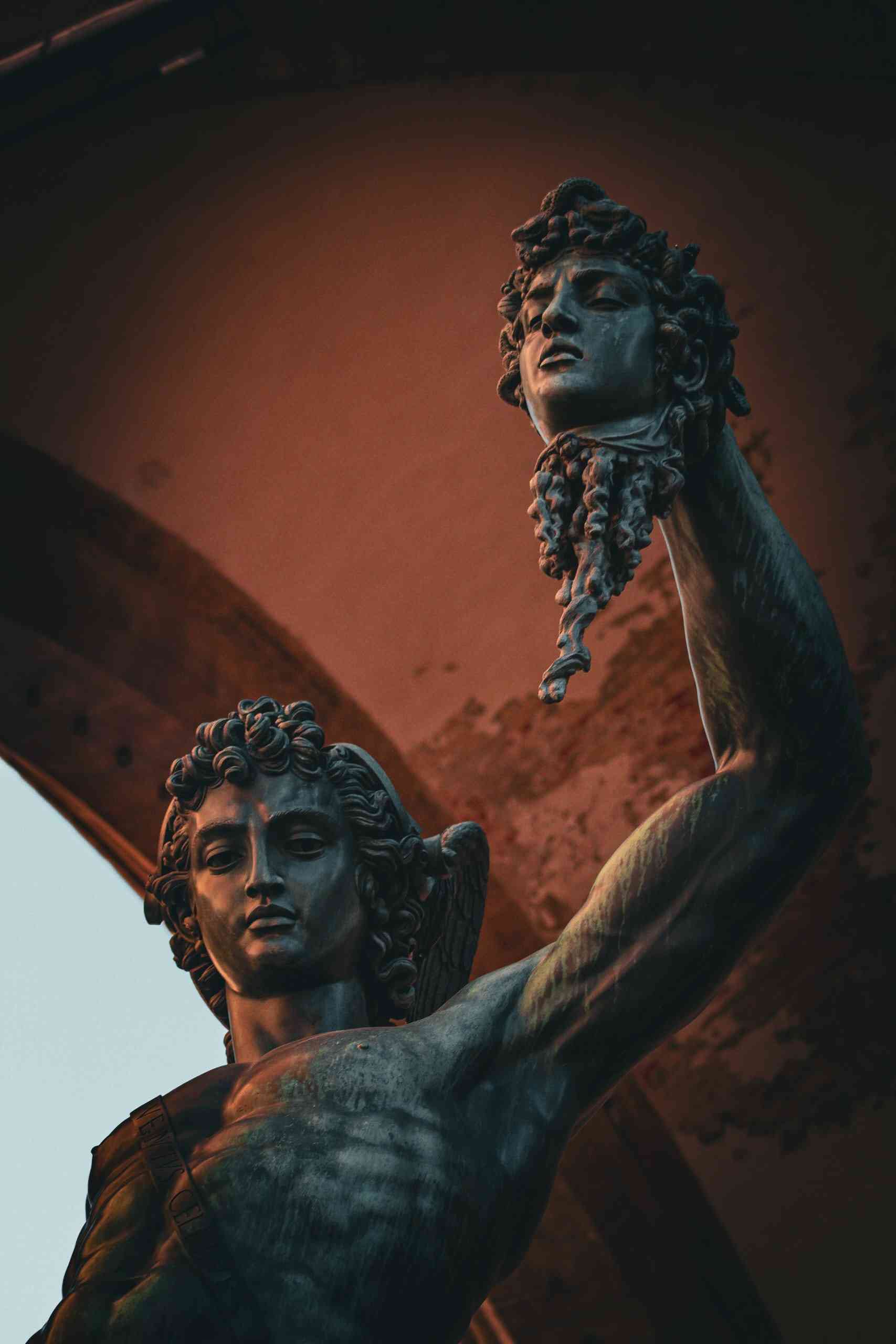Science
Always Returning to Bad Thoughts? These 3 Things Help Stop the Cycle
12 December 2025

How to treat artists who act against our values? Does an artist have to be someone with a strong moral compass? Can we still laugh at “Annie Hall” and dance to Michael Jackson songs? And what if our idol openly supports the political camp we hate? Perhaps moral agitation speaks more about the recipients of art and its role in the contemporary world than about the morality of the artists themselves.
John Lennon beat his first wife, T.S. Eliot was an anti-Semite; Ezra Pound a declared fascist; Woody Allen was in a relationship with the daughter of his partner Soon-Yi; Roman Polanski admitted that he had raped the 13-year-old Samantha Gailey; William Burroughs accidentally shot his wife during a drunken meeting; the French philosopher Louis Althusser strangled his wife; another French philosopher, Bernard Stiegler, robbed the bank four times and only the last attempt ended in a prison sentence.
In the classical concept of art theory, popular since the Middle Ages, being an artist and moral behavior do not stand in the order of logical implication. An artist does well when he does his work according to the rules of craftsmanship. For centuries, art has been a way of creating things properly. In the Middle Ages, the words techne and ars were indistinguishable, and their meaning referred to the activities of both a painter, poet and sculptor, as well as a bridge builder or shoemaker. But when today we are debating the work of a particular singer, film director or author of a book, we suddenly recall various inconvenient facts from their life. Why?
The immoral art or the question of the artist’s morality seems to be a typically contemporary problem, which reached its climax along with the growth of the importance of biography and the development of the fan era. For centuries, many artists have behaved horribly in their lives, only to often create something beautiful and moving. Today, however, the lack of decency in our private lives disturbs our reception of the work. It is difficult to watch, listen or read without remembering the artist’s obscene vice; however, we still do it – we continue our communion with art by separating or trying to separate the artist from their work. What does this say about our culture and approach to art?
Without a doubt, Caravaggio was one of the greatest painters of the Italian Renaissance, but also a murderer who took the life of another man in a fight. Today, hardly anyone can feel discomfort and be morally indignant while admiring “The Boy with a Basket of Fruit.” In addition, it is difficult to meet someone who would equate admiration for the Italian master of painting with acceptance of his life choices. This is not the case with director Woody Allen or Roman Polanski, because they still benefit from the power of their own authority and professional position.
There is no doubt that we live in times of fandom. With the increase in importance of biography and cancel culture, this specific movement in culture was born. However, it has not made us more willing to prefer the work to a biography; quite the opposite. When what you like becomes important, it also begins to define you; in other words – it becomes an obsession in which the work is a revelation of genius and the artist’s biography fulfills the role of the Bible.
Claire Dederer, the author of the recently published book “Monsters: a Fan’s Dilemma,” defines the phenomenon of unmitigated adoration of the artist by the fan as a parasitic relationship. According to the author, it describes well this growing belief that as recipients we have a truly emotional relationship with artists. The illusion of a bond is intensified and sustained by communication in social media. It is obvious that the internet has increased this belief; in fact, it can be said that the close relationship of the fan with the artist itself has become another commodity, knocking the work over this place.
Claire Dederer notes that nothing is surprising in our disorientation – too strong emotions make us vulnerable to the uncomfortable biography of the beloved creator. We do not know how to react to his life, which we have treated so far too personally, and we should treat our moral indignation and regret as the process of separating the parasite from the host body.
It is worth mentioning the case of J.K. Rowling, who in 2021 signaled to her fans that she was associated with the rising “gender identity” movement. Rowling argued at the time that gender is determined solely by sex organs, and denying it threatens the lives of girls and women. This information did not affect Harry Potter’s world, but the reaction of fans was a moral outrage. Beneath the rage there was also sadness – the sadness of a fan whose beloved work was stained.

As Adam Kirsch notes in an article for the Washington Post, the fear of the harmful impact of art on the public was already present in the thinking of the ancient Greeks. However, unlike us, they focused only on the reception of the artist’s work. In Plato’s “The Republic,” Socrates makes a famous speech about expelling poets and artists of all kinds from a perfect state because they undermine the authority of heroes and gods: “…it is most important that the tales which the young first hear should be models of virtuous thoughts….”
It is worth mentioning here the satanic panic around metal bands, which in the 1980s were supposed to, allegedly, worship Satan and thus demoralize the youth. Today, most of those bands have entered the canon of popular music; and the panic at the time contributed to the popularity of the genre itself.
Perhaps Gilles Deleuze was right when he wrote in his essay on Proust: “A work of art is worth more than a philosophical work; […] What does violence to us is richer than all the fruits of our goodwill or of our conscious work, and more important than thought is ‘what is food for thought.’”
When we perceive an artist’s behavior or work itself as subversive and demanding social control, we pay tribute to his artistic power that shapes the collective imagination. In this perverse way, the moral agitation around the role of the artist has newly elevated art to the role of an active element of the landscape of contemporary times.
Read more on Holistic News